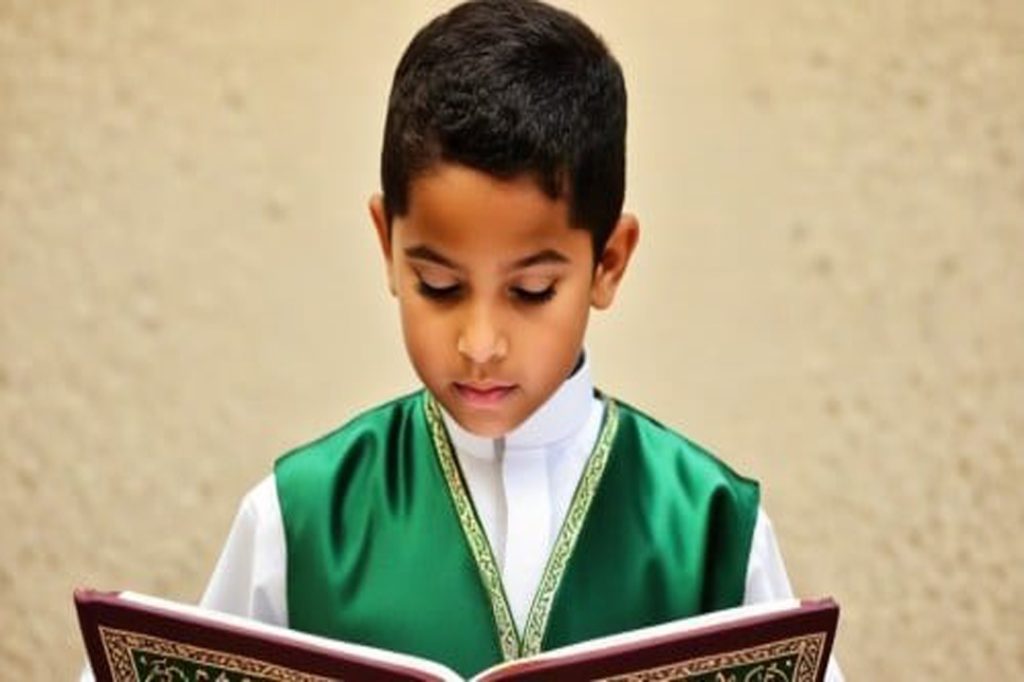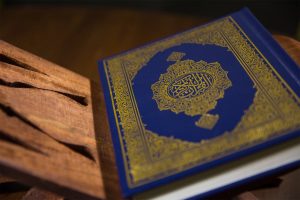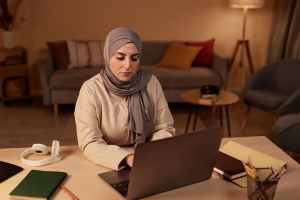“The best among you (Muslims) are those who learn the Quran and teach it.”
Prophet Muhammad (S)
Table of Contents
ToggleMakhaarij Al-Huroof refers to the correct articulation points of Arabic letters. By learning Makhaarij Al-Huroof , you not only improve your pronunciation and recitation of Quran, but also enhance your understanding and application of Tajwid rules. This comprehensive guide provides insights into the importance, benefits, and resources for learning Makhaarij Al-Huroof.
Makhaarij Al-Huroof: A Key to Accurate Arabic Pronunciation
The Importance of Makhaarij Al-Huroof in Arabic Pronunciation
- Clarity of Speech: Proper pronunciation enhances the clarity of speech enabling effective communication. Mastery of Makhaarij Al-Huroof ensures that each letter is pronounced correctly eliminating potential misunderstandings and misinterpretations in both spoken and written Arabic.
- Preservation of Meaning: Arabic words often have subtle differences in meaning based on the pronunciation of specific letters. Mispronunciation can lead to altered meanings and distort the intended message. Understanding Makhaarij Al-Huroof enables learners to preserve the nuances of Arabic vocabulary.
- Appreciation of Arabic Poetry and Literature: Arabic literature particularly poetry relies heavily on the beauty of its language and pronunciation. Accurate pronunciation allows readers and listeners to fully appreciate the intricate rhyme schemes alliterations and meter of Arabic poetry. Makhaarij Al-Huroof provides the foundation for appreciating and analyzing the literary aspects of Arabic texts.
- Connection to Quran: Quran the holy book of Islam is written in Arabic. Proper pronunciation is of utmost importance when reciting or studying Quran as it ensures reverence and respect for the sacred text. Makhaarij Al-Huroof facilitates a deeper understanding of the Quranic verses and fosters a stronger connection to the religious traditions associated with Arabic language and literature.
Enhancing Recitation of Quran
Enhancing Recitation through Makhaarij Al-Huroof
Understanding the Makhaarij Al-Huroof is crucial for improving Quranic recitation. It provides a framework for correct pronunciation ensuring that each letter is articulated from its designated point.
By mastering the Makhaarij Al-Huroof individuals can recite Quran with clarity precision and fluency.
The Makhaarij Al-Huroof can be categorized into five main areas: the throat (halaq), the tongue (lisaan), the lips (shafatain), the nose (khayshoom) and the mouth (fam). Each letter is pronounced by a specific combination of these articulation points. For instance, the letter “ha” is pronounced from the throat while the letter “ba” is formed by closing the lips together.
By studying the Makhaarij Al-Huroof individuals can identify and rectify any errors or mispronunciations in their recitation.
This knowledge enables them to produce the correct sounds thereby ensuring the accurate recitation of the Quranic text. Moreover, understanding the Makhaarij Al-Huroof promotes consistency and uniformity in recitation allowing for a collective understanding and appreciation of the divine message.
Impact on Language Proficiency
The study of Makhaarij Al-Huroof not only enhances Quranic recitation but also contributes to the overall proficiency in the Arabic language. Since Quran was revealed in Arabic learning the correct pronunciation and articulation of its letters aids in understanding the language as a whole.
Mastering the Makhaarij Al-Huroof enables individuals to develop a strong foundation in Arabic phonetics and phonology.
It enhances their ability to recognize and differentiate between similar-sounding letters which are vital for accurate comprehension and communication. Furthermore, the knowledge of Makhaarij Al-Huroof allows learners to develop a keen ear for Arabic pronunciation enabling them to speak the language more fluently and authentically.
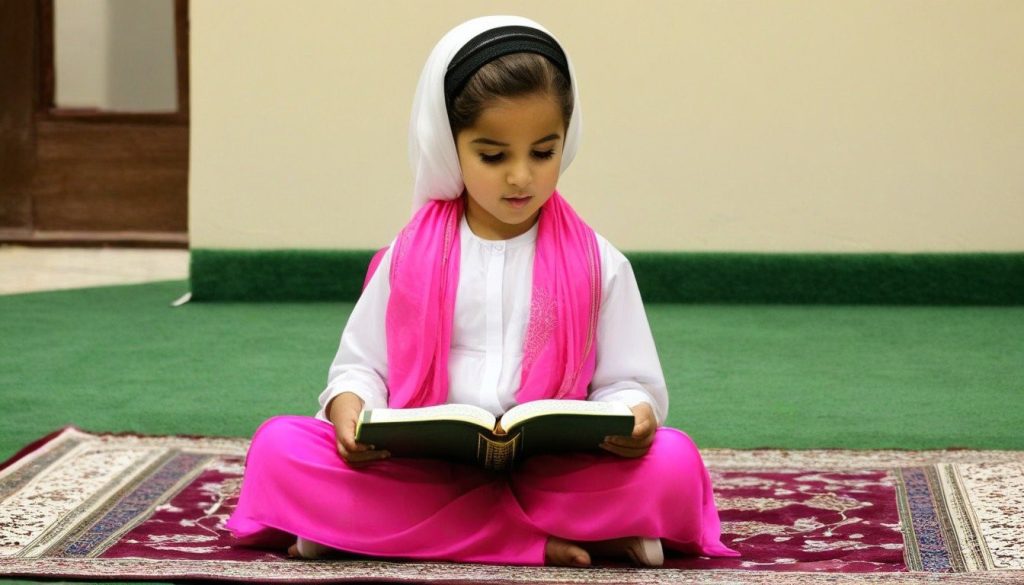
Improving Understanding and Application of Tajwid Rules
Makhaarij Al-Huroof plays a vital role in Tajwid as it ensures the accurate pronunciation of each Arabic letter. Prophet Muhammad (S) said “Whoever does not recite Quran with proper tajwId then he is not from us” (Al-Bukhari). This Hadith highlights the importance of Tajwid in properly reciting Quran.
Makhaarij Al-Huroof forms the foundation of Tajwid by providing guidelines on the correct articulation points of each letter.
Understanding and applying Makhaarij Al-Huroof is crucial for several reasons. Firstly, it helps in differentiating between similar letters that are pronounced differently. For example, the letters “ص” (Saad) and “س” (Seen) have distinct articulation points and the mispronunciation of either can lead to a change in meaning. Secondly Makhaarij Al-Huroof aids in maintaining the flow and rhythm of the recitation.
Each letter has a specific point of origin and an exit point and the proper pronunciation ensures smooth transitions between letters.
Strategies to Improve Understanding and Application of Makhaarij Al-Huroof
- Learning from a Qualified Tajwid Teacher
One of the most effective ways to improve understanding and application of Makhaarij Al-Huroof is to learn from a qualified Tajwid teacher. A knowledgeable teacher can guide students in identifying and mastering the correct articulation points of each letter. They can provide personalized feedback and correct any mistakes in pronunciation. Regular interaction with a teacher also allows for clarification of doubts and a deeper understanding of the rules of Tajwid. - Practice with Audio Recordings
Listening to audio recordings of proficient Quran reciters can greatly enhance the understanding and application of Makhaarij Al-Huroof. By repeatedly listening to correct pronunciations learners can develop a sense of the proper articulation points and the rhythm of recitation. It is important to choose recordings from reputable reciters who are known for their adherence to Tajwid rules. - Utilize Visual Resources
Visual resources such as diagrams and illustrations can aid in comprehending the correct articulation points of Makhaarij Al-Huroof. These visual aids provide a clear representation of the position of the tongue lips and other articulatory organs for each letter. Online platforms books and educational videos often include such visual resources making them easily accessible for learners. - Engage in Group Recitation Sessions
Participating in group recitation sessions allows learners to observe and learn from others. By reciting together individuals can receive immediate feedback from fellow participants or the assigned instructor. This collaborative approach fosters a supportive learning environment and encourages regular practice. This knowledge helps you identify and correct common mistakes, such as elongating sounds or merging letters, ensuring your recitation adheres to the authentic and melodious manner specified by the Prophet Muhammad (S).
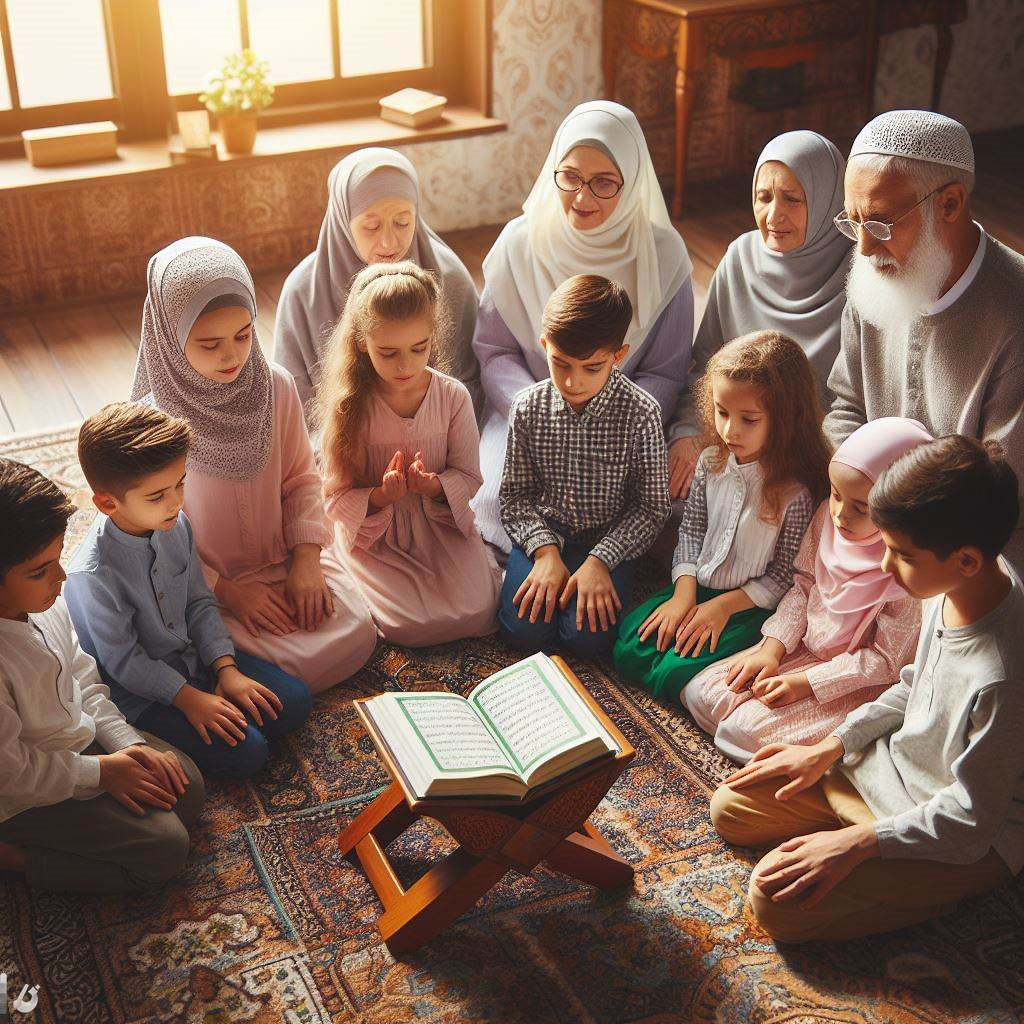
Benefits of Learning Makhaarij Al-Huroof
Clear and Precise Articulation in Arabic
For those eager to recite the Holy Quran precisely as it was revealed to Prophet Muhammad (S), understanding the articulation points of Arabic letters is crucial. Dedication to the mastery of each letter’s pronunciation and articulation ensures the true essence of the word is captured.
In simpler terms, the articulation point is the precise location from which the letter’s sound emerges.
In Arabic, this point of articulation is termed ‘makhraj’ (مَخْرَج), with its plural being ‘makharij’ (مَخَارِج). The term stems from the Arabic root خَرجَ, translating to “he exited.”Scholars have differing opinions on the exact number of these articulation points. Some propose there are 16, others say 14. We align with esteemed grammarian Al Khalil and several tajwid specialists, like Ibn Al Jazari, who identify 17 makharij.
The Arabic script comprises 28 letters, and adding the ‘alif’ (ا) brings the count to 29. Broadly, these letters can be categorized into:
- Asliya (أَصْلِية) – Denoting the primary or original letters, this category encompasses the 29 standard letters of the Arabic alphabet.
- Fariyya (فرْعِية) – These are composite letters, formed by combining two primary letters. Their articulation tends to shift between two distinct points.
Mastering Makhaarij Al-Huroof allows for clear and precise articulation in Arabic as we learn in tajwid, enabling effective communication and fostering a deeper understanding of the language.
Correct Pronunciation of Arabic Words and Phrases
Learning to pronounce Arabic is like taking a journey: it can seem daunting at first, but with the proper guidance and motivation, you will eventually reach your destination. If you consider embarking on this exciting linguistic adventure, you have come to the right place. This article will provide an overview of pronouncing words in Arabic correctly and offer helpful tips for improving your pronunciation skills.
Whether you are just starting or already familiar with some aspects of the language, learning how to speak Arabic effectively requires practice and dedication. However, it can be gratifying; there’s nothing quite like mastering a new skill used by generations before us!
By understanding the correct articulation points, you can pronounce Arabic words and phrases accurately, avoiding misunderstandings and misinterpretations.
Ability to Identify and Correct Common Mistakes in Recitation
With knowledge of Makhaarij Al-Huroof, you can identify and correct common mistakes in Quranic recitation, enhancing the beauty and flow of your recitation.

For conclusion, learning Makhaarij Al-Huroof is a key factor in mastering Arabic pronunciation, reciting Quran accurately, and deepening your understanding of tajwid rules.
By investing time and effort into learning Makhaarij Al-Huroof, you can unlock a world of linguistic beauty and enrich your journey towards a deeper connection with the Arabic language and the Quranic text.

